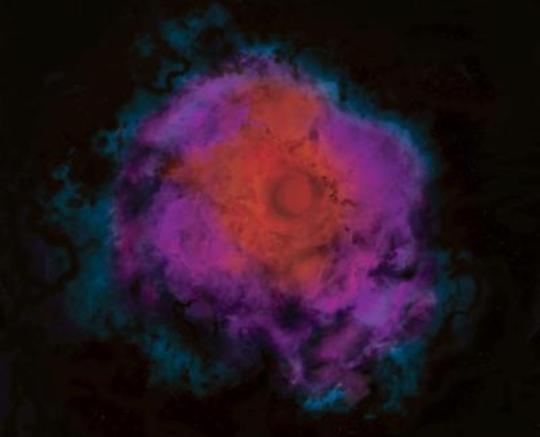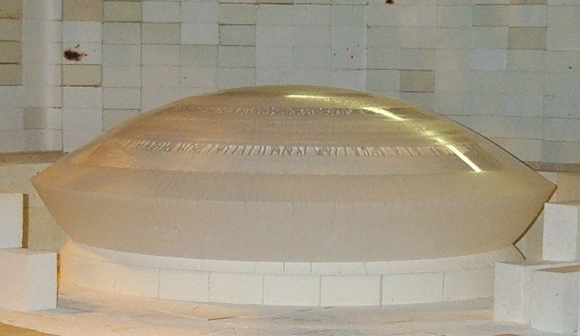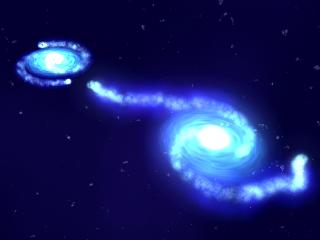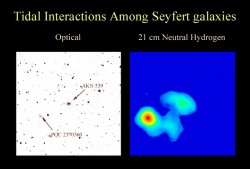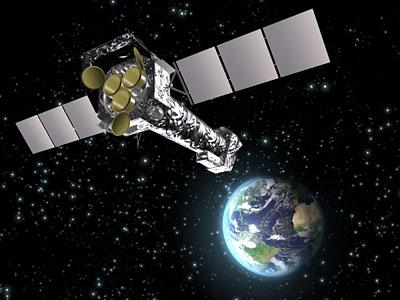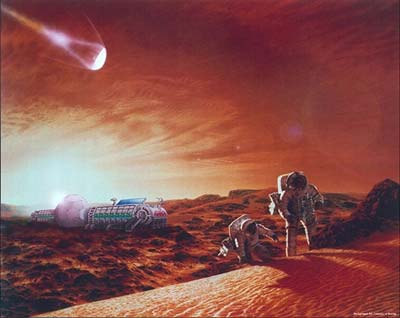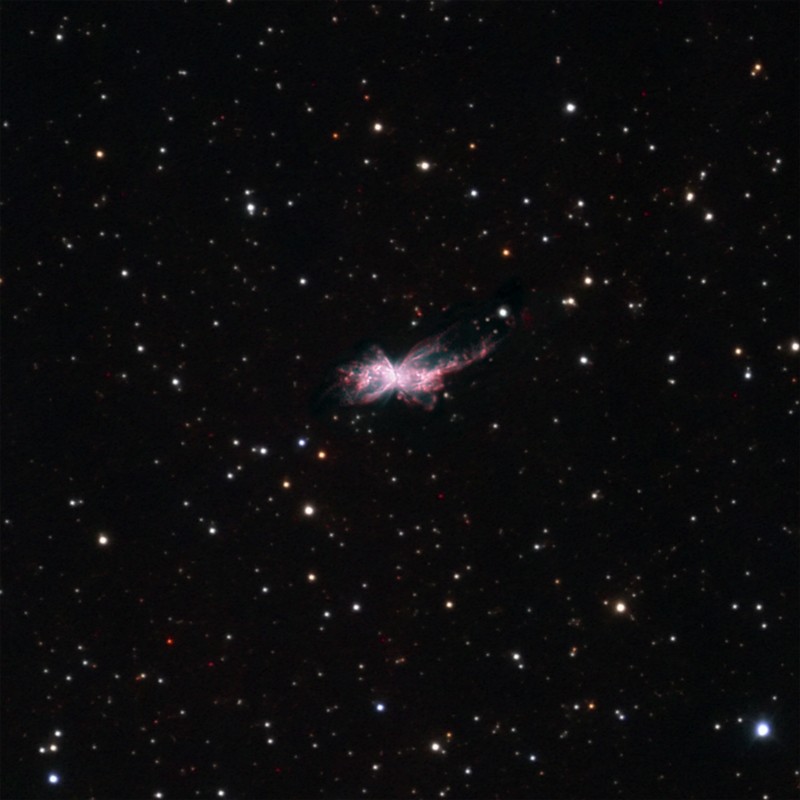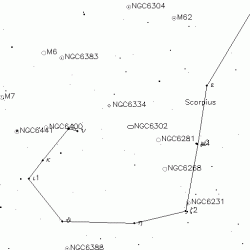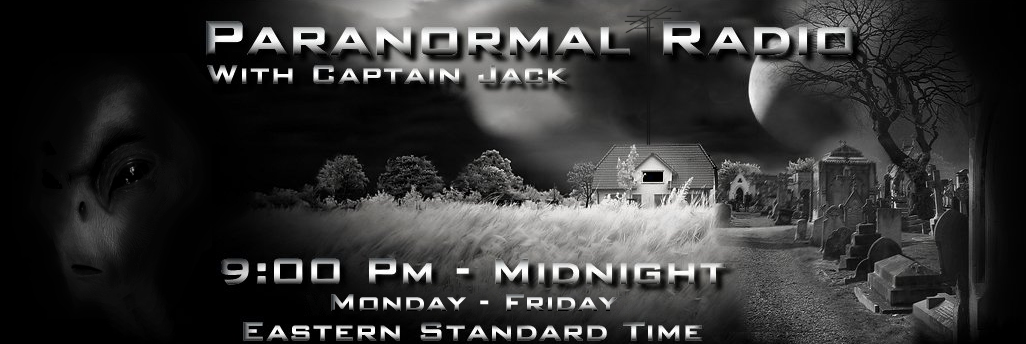It is thought that primordial or “Population III” stars were born in dense clouds of dark matter, 100 million years after the Big Bang. During the period between birth and dark matter depletion, these first stars were effectively but into a “deep freeze” where normal star development was prevented. After this period when all the dark matter fuel had been consumed, these stars were allowed to commence normal stellar evolution, dying out within a few hundred thousand years. But say if a Population III star was born in an exceptionally dense cloud of dark matter? How long could “normal stellar evolution” be frozen for? According to new research, dark matter could theoretically freeze the star indefinitely, over timescales longer than the age of the Universe…
This amazing theory comes from research carried out by Gianfranco Bertone and his team at the Paris Institute of Astrophysics in France. The thought that the first stars, born over 14 billion years ago, could possibly inhabit the Universe today is a very impressive idea. These primordial stars are thought to have been seeded inside dense clouds of dark matter, where gravity caused dark matter compression. As the matter became concentrated, non-baryonic particles may have begun annihilating, stopping natural hydrogen fusion (the mechanism commonly associated with star creation). “Normal” stellar evolution was therefore paused and the “dark star” phase began as dark matter annihilation heated the stellar cores.
It has long been the assumption that the “dark star” phase occurred for a short period of time in the early Universe where vast halos of dark matter may have dominated. Once the dark matter fuel ebbed away, primordial stars were left to self-destruct in a flurry of accelerated evolution. Now Bertone and his colleagues believe a few primordial specimens might be alive today, hidden inside particularly dense clouds of dark matter, in galactic centres, keeping some of the Universe’s first stars in a state of suspended animation.
“There could be conditions in the early universe where stars form in big enough reservoirs of dark matter to last until the present day.” – Gianfranco Bertone.
One of the most exciting implications to come from this research is the fact that these ancient relics may be observed, what’s more, we may have already seen some. “A frozen star would appear much bigger and colder than a normal star with the same mass and chemical composition,” says Marco Taoso, co-investigator in the French group. If stars matching the characteristics of these frozen stellar bodies are (or already have been) found, the discovery would have huge consequences for the quantum search for supersymmetry, indicating dark matter was indeed made up of massive “superpartners” to ordinary matter.
If dark matter influenced stars a few hundred thousand years after the Big Bang, can it still influence stellar evolution today? Researchers believe this could be the case. Present-day stars evolving in regions of dark matter clouds may be influenced by non-baryonic particles. White dwarfs are formed after the death of Sun-like stars and it is believed that should the dwarf star encounter a cloud of dark matter, it could be resurrected as a dark matter burner, shining like 30 Suns.
It will be interesting to see if there have already been any observations of these primordial stars, possibly providing more indirect evidence of dark matter in our Universe.
Source: New Scientist

